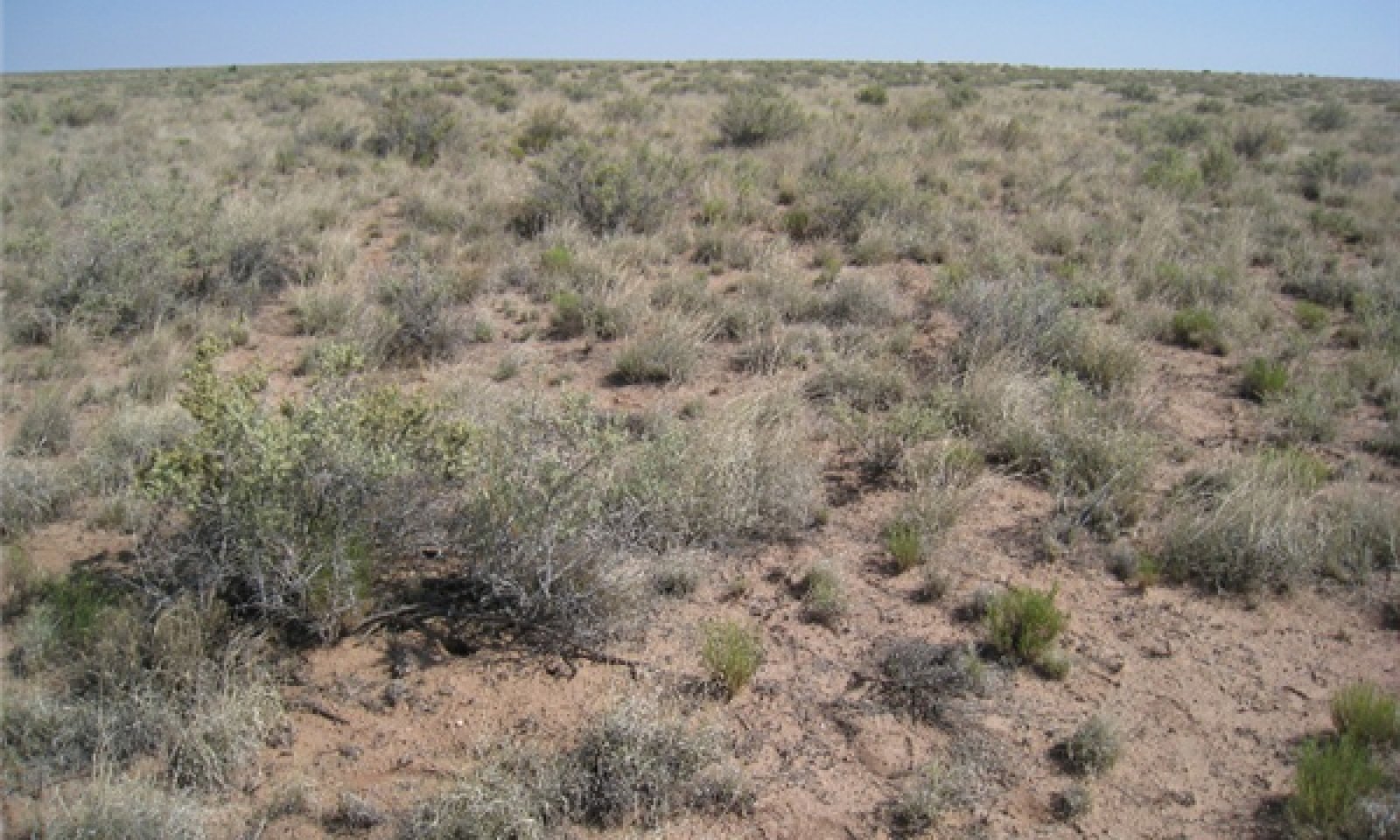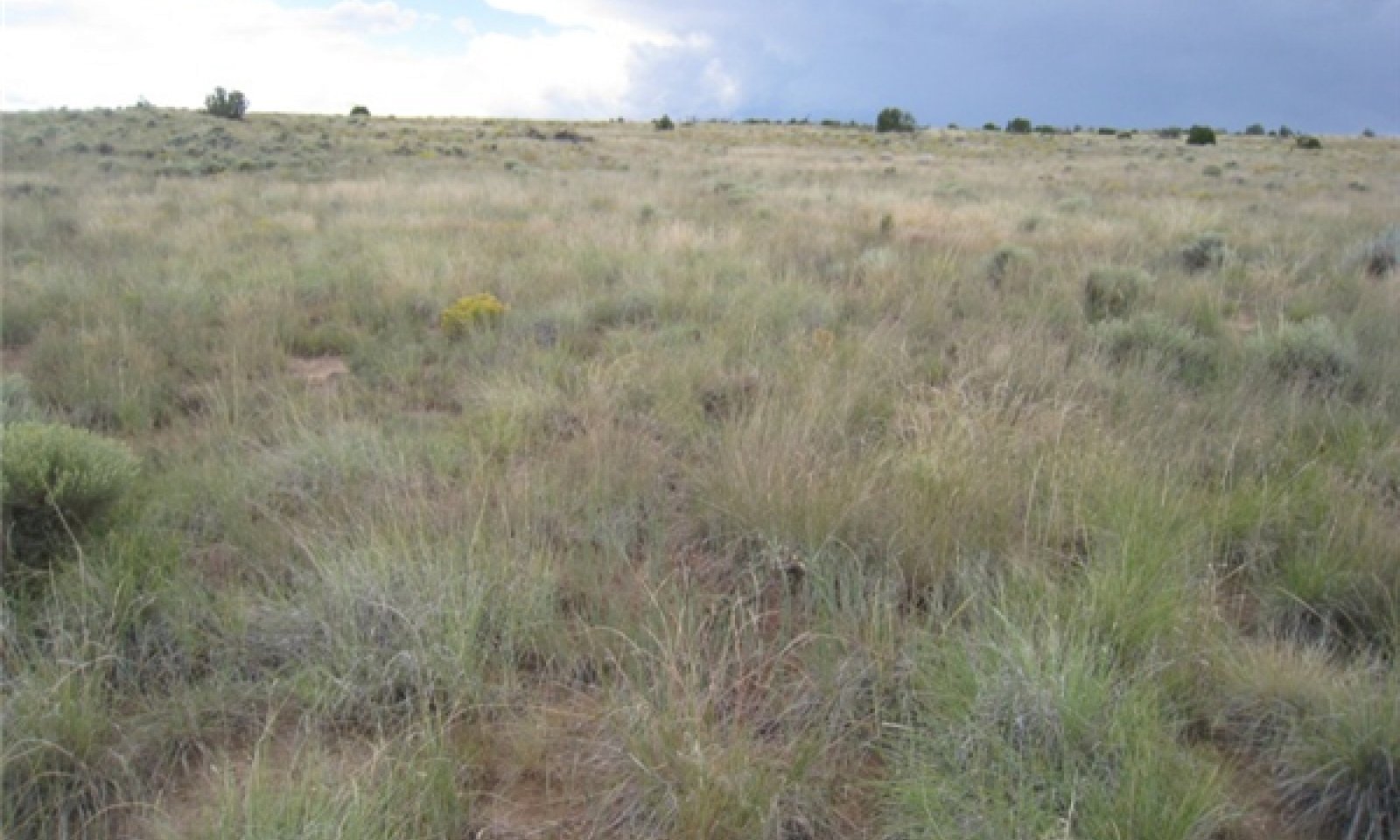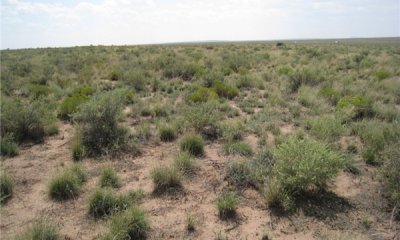
Sandy Loam Upland 10-14" p.z.
Scenario model
Current ecosystem state
Select a state
Management practices/drivers
Select a transition or restoration pathway
- Transition T1A More details
- Transition T1B More details
- Restoration pathway R2A More details
- Transition T2A More details
- Transition T2B More details
- Restoration pathway R3A More details
- Transition T3A More details
- Restoration pathway R3B More details
- Restoration pathway R4A More details
- Restoration pathway R4B More details
- Transition T5A More details
-
No transition or restoration pathway between the selected states has been described
Target ecosystem state
Select a state
State 1
Reference State




Description
This state represents the most ecologically stable conditions in terms of resistance to erosion. Moreover, this state has the highest potential for productivity and plant diversity.
Submodel
Description
The general aspect of this site is shrubland with an increase of snakeweed, rabbitbrush, mormon tea and a decrease of fourwing saltbush, winterfat and Bigelow sage. Grasses are dominated by blue grama, galleta and dropseeds with a decline of black grama and cool season grasses. This site has an increase of run-off and bare ground.
Submodel
State 3
Juniper State



Description
The general aspect of this site is an overstory of junipers with half shrubs and succulents. The understory is mostly blue grama, galleta with scattered forbs. This site has increased runoff and water flow patterns. Juniper canopies range from 10-20%, depending on grazing intensity, climate fluctuations and fire exclusion.
Submodel
Description
The general aspect of the site is a low shrubland with annuals. Snakeweed and rabbitbrush are the dominant overstory species with low perennial herbaceous cover. Composition of annuals in this state can range from 20-50% depending on climate variation and diturbance frequency.
Submodel
State 5
Seeded Grass State



Description
The general aspect of this site is a grassland. These sites are areas where the juniper overstory has been removed or reduced and the site is seeded with perennial grasses.
Submodel
Mechanism
Drought; season-long grazing providing little rest and recovery for preferred grazed plants during critical growing periods, coupled with high utilization.
Mechanism
Unmanaged grazing, seed source for juniper establishment, lack of fire, climatic conditions favorable for tree regeneration.
Unmanaged grazing can be described here as: Season-long grazing providing little rest and recovery for preferred grazed plants during critical growing periods, coupled with high utilization.
Mechanism
Woody species control, managed grazing
Relevant conservation practices
| Practice | External resources |
|---|---|
|
Brush Management |
|
|
Prescribed Burning |
|
|
Prescribed Grazing |
Mechanism
Unmanaged grazing, seed source for juniper establishment, lack of fire.
Unmanaged grazing can be described here as: Season-long grazing providing little rest and recovery for preferred grazed plants during critical growing periods, coupled with high utilization.
Mechanism
Invasion of non-native annuals, drought, unmanaged grazing.
Unmanaged grazing can be described here as: Season-long grazing providing little rest and recovery for preferred grazed plants during critical growing periods, coupled with high utilization.
Mechanism
Tree canopy is reduced thru mechanical methods or burning; managed grazing, favorable climate
Relevant conservation practices
| Practice | External resources |
|---|---|
|
Brush Management |
|
|
Prescribed Burning |
|
|
Prescribed Grazing |
Mechanism
Drought, fire, unmanaged grazing, invasion of non-native annuals.
Unmanaged grazing can be described here as: Season-long grazing providing little rest and recovery for preferred grazed plants during critical growing periods, coupled with high utilization.
Mechanism
Woody species control, prescribed fire, range reseeding, managed grazing, favorable climatic conditions.
Relevant conservation practices
| Practice | External resources |
|---|---|
|
Brush Management |
|
|
Prescribed Burning |
|
|
Range Planting |
|
|
Prescribed Grazing |
Mechanism
Woody species management, noxious/invasive weed treatment, range seeding, managed grazing, along with favorable climatic conditions.
Relevant conservation practices
| Practice | External resources |
|---|---|
|
Brush Management |
|
|
Grazing Land Mechanical Treatment |
|
|
Range Planting |
|
|
Prescribed Grazing |
|
|
Herbaceous Weed Control |
Mechanism
Woody species management, noxious/invasive weed treatment, range seeding, managed grazing, along with favorable climatic conditions.
Relevant conservation practices
| Practice | External resources |
|---|---|
|
Brush Management |
|
|
Grazing Land Mechanical Treatment |
|
|
Range Planting |
|
|
Prescribed Grazing |
|
|
Herbaceous Weed Control |
Model keys
Briefcase
Add ecological sites and Major Land Resource Areas to your briefcase by clicking on the briefcase (![]() ) icon wherever it occurs. Drag and drop items to reorder. Cookies are used to store briefcase items between browsing sessions. Because of this, the number of items that can be added to your briefcase is limited, and briefcase items added on one device and browser cannot be accessed from another device or browser. Users who do not wish to place cookies on their devices should not use the briefcase tool. Briefcase cookies serve no other purpose than described here and are deleted whenever browsing history is cleared.
) icon wherever it occurs. Drag and drop items to reorder. Cookies are used to store briefcase items between browsing sessions. Because of this, the number of items that can be added to your briefcase is limited, and briefcase items added on one device and browser cannot be accessed from another device or browser. Users who do not wish to place cookies on their devices should not use the briefcase tool. Briefcase cookies serve no other purpose than described here and are deleted whenever browsing history is cleared.
Ecological sites
Major Land Resource Areas
The Ecosystem Dynamics Interpretive Tool is an information system framework developed by the USDA-ARS Jornada Experimental Range, USDA Natural Resources Conservation Service, and New Mexico State University.






